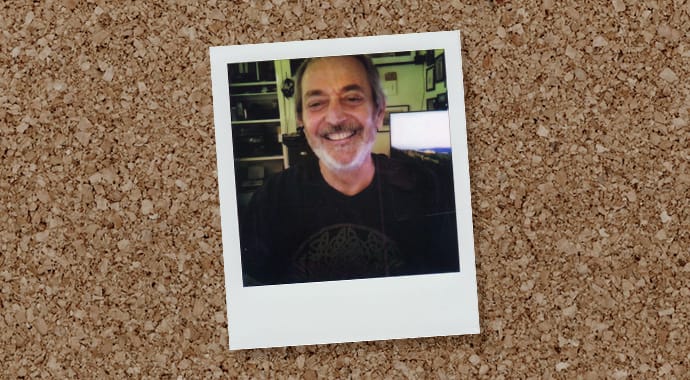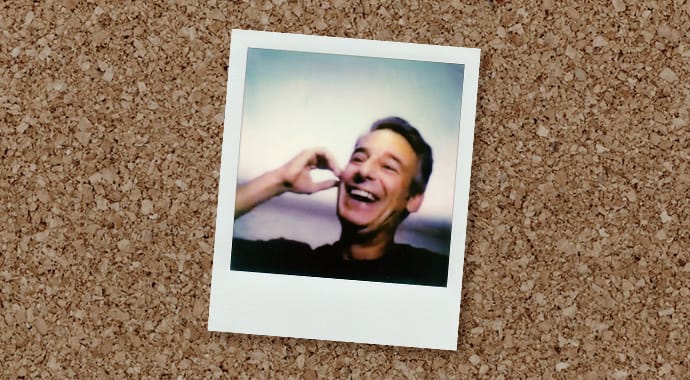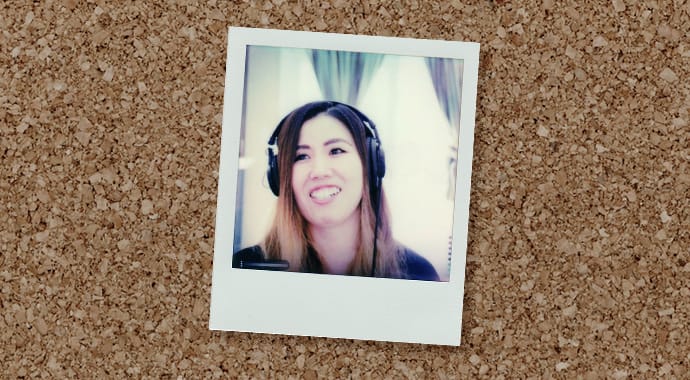#329: 2021-06-07 Subscribe
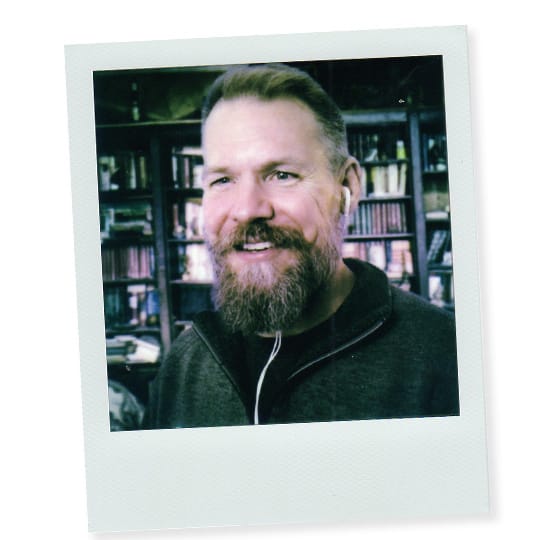
Hard-hitting documentaries and cutting-edge VFX rarely go together, but for David France’s Welcome to Chechnya, it was necessary to marry the two. The film captures the flight of LGBTQ citizens from the Russian republic of Chechnya, where being gay can lead to beatings and murders. To preserve his subjects’ anonymity while allowing the audience to connect with them emotionally, David turned to VFX expert Ryan Laney to digitally swap faces with willing “donors” from around the world.
Ryan explains how he developed new techniques to replace faces without the limitations of traditional methods such as blurring and pixelation. He also discusses his 20-plus-years in movie VFX, including The Matrix, The Aviator, The Day After Tomorrow, and many more. It’s proof that VFX’s role in filmmaking now extends far beyond Hollywood blockbusters— and it’s had a surprising effect on Ryan’s outlook, too.
Links:
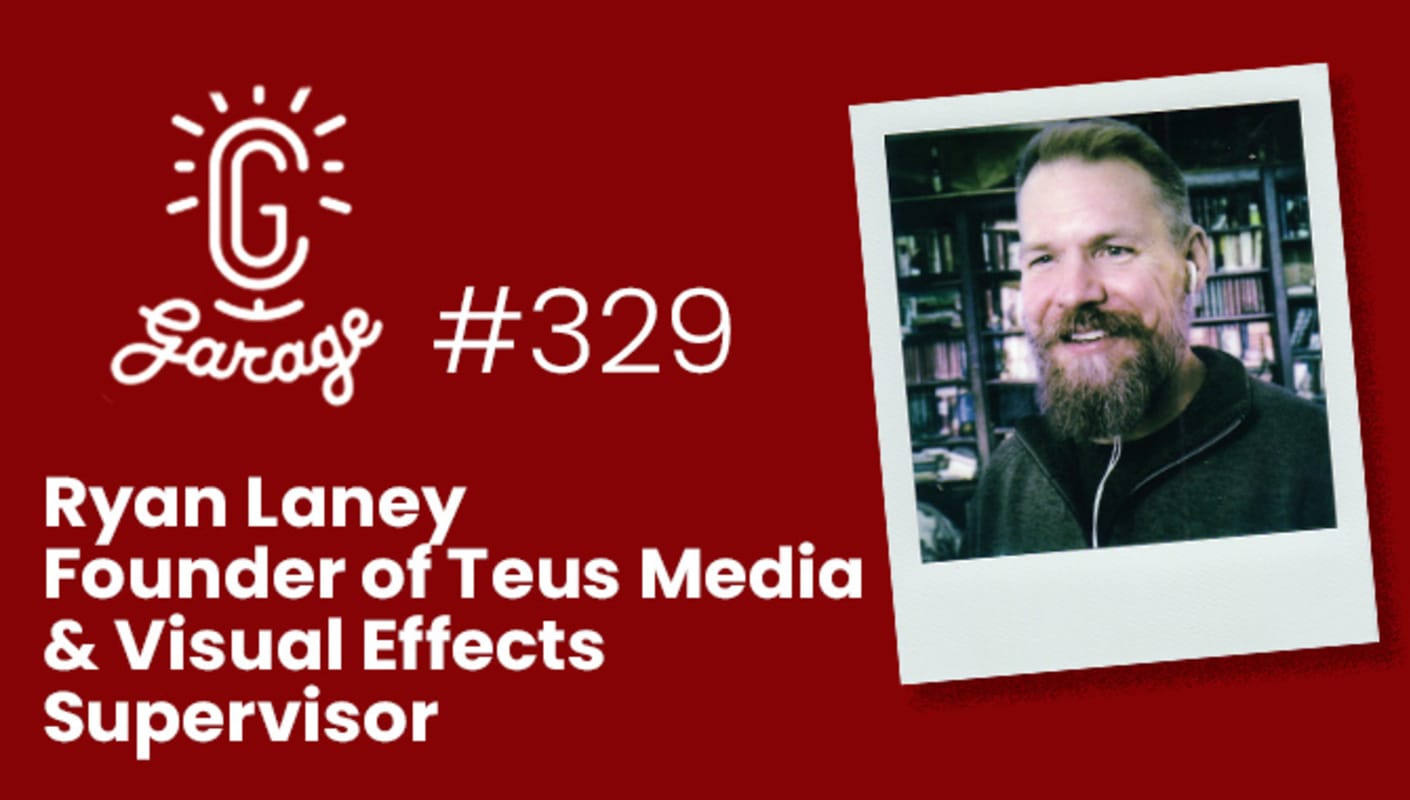

Chapters:
6:41 Where Ryan’s passion for 3D started
9:45 Starting in VFX and “The Matrix”
19:06 Joining ILM
29:53 Stealth’s extreme Gs
39:01 Consulting and bringing the VFX mentality to other industries
43:26 Why “Welcome to Chechnya” needed new tools
51:28 How to change the structure of a face
1:00:03 Capturing the donors’ data
1:08:21 Security issues
1:19:01 Issues with CG imagery and fake media
1:24:11 Documentary film vs summer blockbusters
